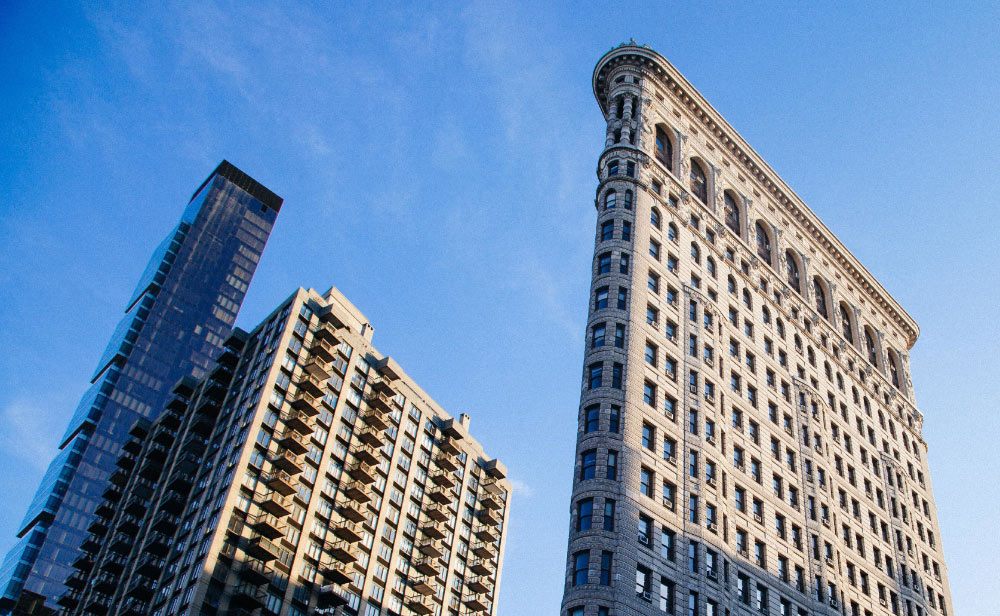Under the Leasehold Reform, Housing and Urban Development Act 1993, as amended by the Commonhold and Leasehold Reform Act 2002, a group of leaseholders are entitled to apply to the freeholder of their building to purchase the freehold.
Why should I purchase the freehold?
The majority of leaseholders opt to purchase the freehold in order to run their own affairs and to have direct control on the management and maintenance of the building. It is also another way to obtain a lease extension if lease terms are low.
Can I purchase the freehold or share of freehold?
There are certain criteria that must be met before you can apply to the landlord for purchase of the freehold and they are as follows:
- The building must have a minimum of two flats.
- Where there are only two flats in the building both leaseholders must participate.
- If the building was originally a single house (and since converted) and there are less than five flats, the freeholder, provided he carried out the original conversion, must not live in the building if the leaseholders wish to qualify.
- Leaseholders who wish to participate must qualify by holding
- The number of leaseholders who wish to participate must represent at least 50% of the number of flats in the building.
- There must not be more than 25% of the internal floor area of the building in non-residential use, for instance a shop or office. Resident’s parking spaces are not included in calculating the floor areas.
- At least two thirds (2/3) of the building is let to “qualifying tenants” (over 21 years when originally granted)
This is not a fully comprehensive list of requirements but should cover most eventualities. If the leaseholders do not fulfil the above requirements they may still wish to apply to the freeholder but only outside the terms of the 1993 Act.
What will it cost?
Obviously the landlord is not going to give the freehold away for nothing and indeed legislation provides him with compensation for the loss which the leaseholders must pay. The cost will be made up of the following:
- Loss to the freeholder of his ground rent income from the flats.
- Loss to him of his reversion and any potential development value, i.e. his entitlement to the building at the end of the existing leases, and any other loss to him (if any).
- 50% of the marriage value. The marriage value is best defined as the increase in the value of the property arising from the leasehold and freehold interests being combined. Marriage value is not payable when the applicants un-expired lease term is 80 years or more.
Leases that were originally granted of more than 21 years. There is now no minimum ownership period and no residency requirement.
How do I get started?
Initially then you will want a professional report that gives a valuation of the cost of the purchase and that can be used as a basis in subsequent negotiations with the landlord. The same report can also be used if the matter goes to tribunal.
What is the procedure under the Act?
The formal procedure for Collective Enfranchisement is started by the service of the Initial Notice on the landlord: it then follows a prescribed route. Although this is the beginning of the statutory procedure the service of the notice should follow a period of preparation to ensure that the participating leaseholders are fully equipped and advised to complete their action. There is a substantial amount of work to be completed if the application is to be successful. In simple terms the tasks that need to be undertaken will include:
- Checking Eligibility
- Organising for Enfranchisement
- Establishing the Finance and Cost Fund
- Assessing the Purchase Price
- Gathering the Information
- Setting up the Right to Enfranchise Company
- Serving the Participation Notice
- Serving the Initial Notice
- Preparing for the subsequent Procedures


